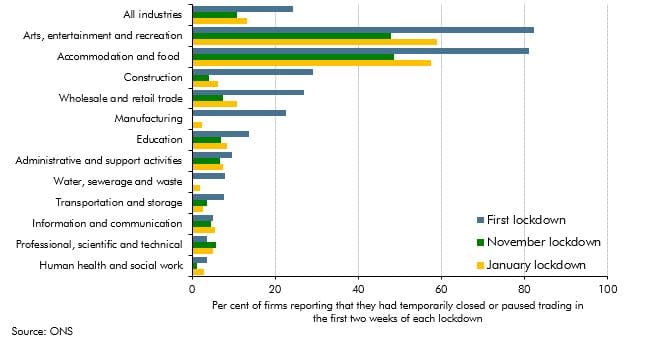The latest update of our forecasts was published on the 3 March 2021 in the March 2021 Economic and fiscal outlook. Read the overview or the Executive summary.
Chapter 2 sets out our forecasts for the economy over a five year horizon. We cover our assumptions regarding the coronavirus pandemic, set out our latest forecast and the effect of policies in the Budget 2021.
Chapter 3 sets out our forecasts for receipts and public spending over a five year horizon. We also explain our loans and other financial transactions forecasts. All this, together with new policy decisions, builds the outlook for borrowing and debt.
In Chapter 4, we assess the Government against its fiscal targets and present the significant uncertainty around our forecast.
Annex A covers the policy decisions since November and Annex B provides an update on major balance sheet interventions.













